
Get an Instant Callback by our Mentor!
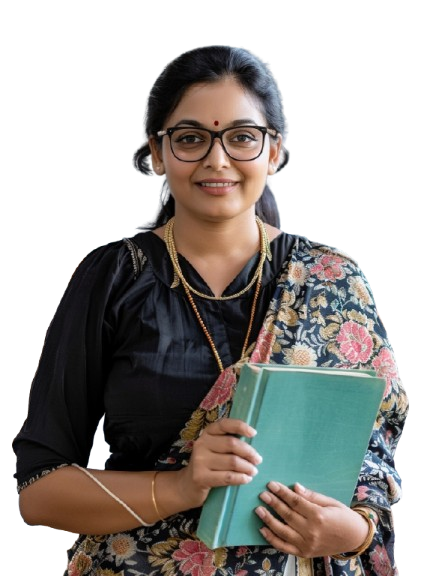
For many in academia, this balance of dual responsibilities as both an assistant professor and a Ph.D. student assumes the characteristics of an onerous yet exhilarating path. This unique situation allows those who are into both teaching and research to progress in their scholarly pursuits by contributing towards their educational institution. Such a set of responsibilities, however, demands careful planning and an excellent understanding of what such expectations could entail.
The following blog will discuss the feasibility and considerations that come along with the roles for individuals who wish to pursue both academic roles simultaneously-being an Assistant Professor while pursuing a Ph.D. Let us help put this into perspective.
Assistant Professorship is the most common entry-level academic position that universities and colleges use to employ fresh academics. The role can either be ad-hoc or contractual, or it could be tenure-track, leading to permanency. Generally, there are two levels of Assistant Professors:
Junior Assistant Professor: Entry-level job for candidates that have no experience in teaching.
Senior Assistant Professor: A job that requires that the candidate should have had post-doctoral experience of at least three years.
For the post of Assistant Professor in India, candidates have to fulfill the following aspects:
Master's Degree: The candidate has to hold a Master's degree with at least 55% marks in the relevant subject.
Eligibility Test: It is essential that the candidate has qualified the NET or STET of any state; the latter for recruitment within that particular state.
Ph.D. Degree: According to many institutions, and as instructed by UGC in the year 2009, the candidate should possess a Ph.D. degree as well.
The Ph.D. is considered the highest possible academic degree; it would usually take three to six years to complete. Original research which contributes to one's field of study must be done by students. After completing the Ph.D., the person is entitled to the title "Doctor."
There are two types of Ph.D. available:
Full-time Ph.D. enrolment: In this, students enroll on a full-time basis. There is a requirement for the student to be present at their institution regularly.
Part-time Ph.D. enrolment: Part-time Ph.D. allows students to enrol in a Ph.D. and balance other commitments, hence resulting in managing to work or family commitments.
Following is the eligibility criteria that a candidate needs to fulfill for enrollment in the Ph.D. program in India:
Master's Degree: Admission to the program requires a master's degree from a recognized university with at least 55% marks.
Four-year Degree: In the case of some universities, it also considers candidates who completed a four-year degree and scored 75% in it.
Subject-specific Requirements: Some universities consider requirement differences in qualification criteria for particular subjects.
There are a couple of interesting differences between Full-time and a Part-time Ph.D. Here is the comparison:
|
Full-time Ph.D. |
Part-time Ph.D. |
|
Must attend the institution daily on working days |
Attending the institution daily is not compulsory |
|
Meeting the guide periodically to report progress |
Meet the guide whenever necessary |
|
Can apply only for Assistant Professor posts within the same institution |
Can apply for Assistant Professor posts within other institutions |
|
Minimum duration required to complete: 3 years |
Minimum duration required to complete: 4 years |
|
Eligibility for JRF scholarships |
No eligibility for JRF scholarships |
Although there are a few differences between these two, completing either type of Ph.D. will not affect or weaken the prospects for a job in any manner.
One big question crops up in the mind of a person: can one be an Assistant Professor while pursuing a Ph.D.? Well, the answer is simply yes! You can very well be an Assistant Professor and pursue a Ph.D. simultaneously.
You can apply for both, provided you have the minimum eligibility criteria fulfilled for both. The Assistant Professor posts are open to full-time PhD students who have got permission from their guide or mentor to apply at the same university. However, for part-time PhD students, it is open to all kinds of institutions.
Carrying out the work of an Assistant Professor with keeping up with a Ph.D. program is never easy. Here are some issues that you have got to consider before making your final decision:
No Objection Certificate: You are required to obtain a NOC from your employer that they do not object to your pursuing a Ph.D. IN addition to teaching.
Ad-hoc/Contract Basis: The position of an Assistant Professor, while one is already doing a part-time Ph.D., is likely to be on an ad-hoc or contract basis.
Ph.D. Requirement: Though some institutions do not strictly require a Ph.D. for becoming an Assistant Professor, it is held vital in many higher tier institutions like IITs.
Time Management: You will have to balance your teaching responsibilities with time available to support research efforts. You should expect a rigorous workload and consider your ability to manage both efforts.
Collaboration Opportunities: You may wish to explore collaboration opportunities to help you streamline your research efforts while carrying out your Assistant Professor duties.
In other words, one could pursue a Ph.D. along with an appointment as an Assistant Professor. It requires meticulous planning, time management, and the art of juggling many responsibilities. If you are committed to both teaching and research, this path can therefore offer rich academic and professional rewards. Consider the factors above to make sure that you are prepared for both challenges and opportunities this dual role presents.
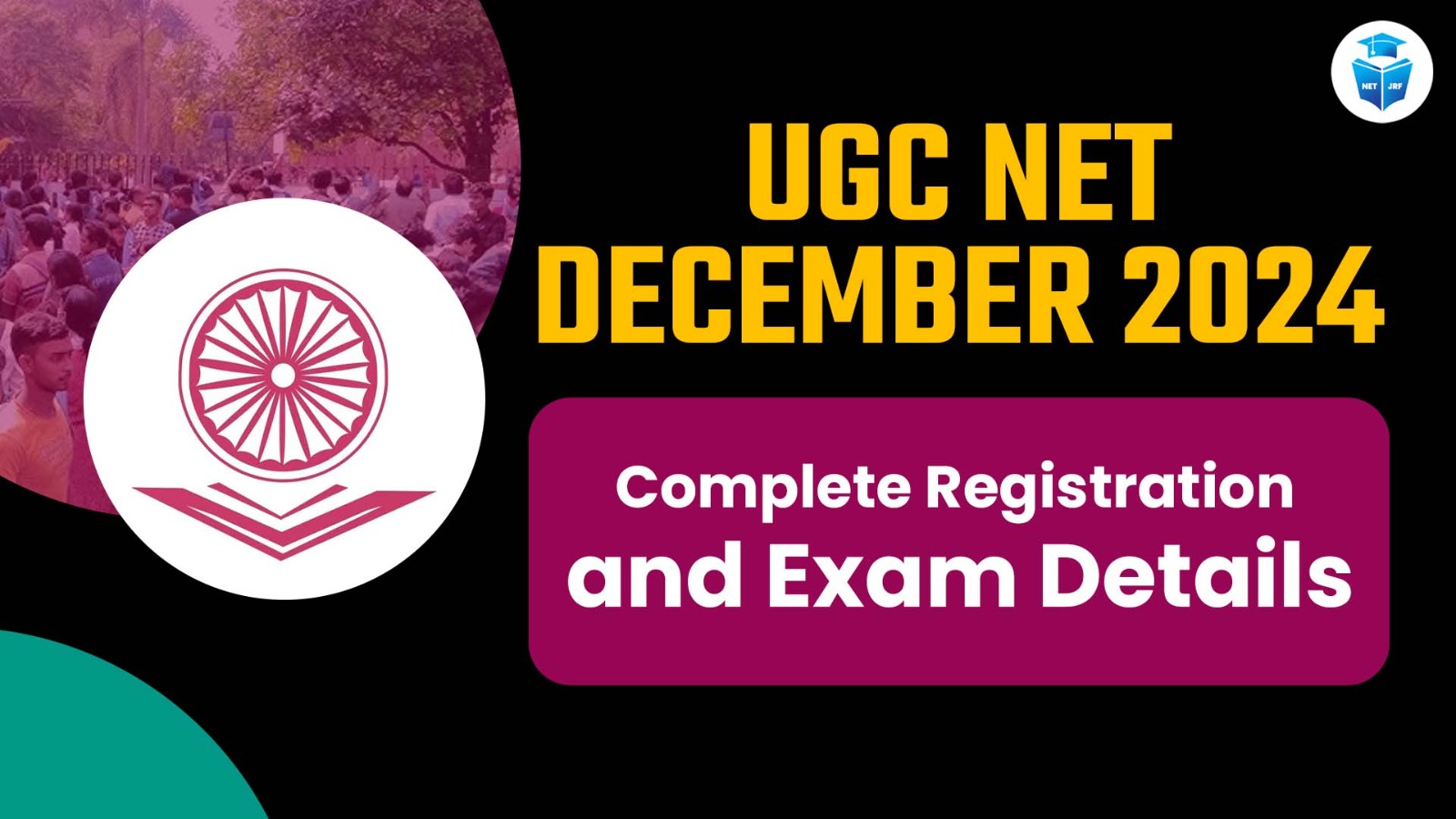
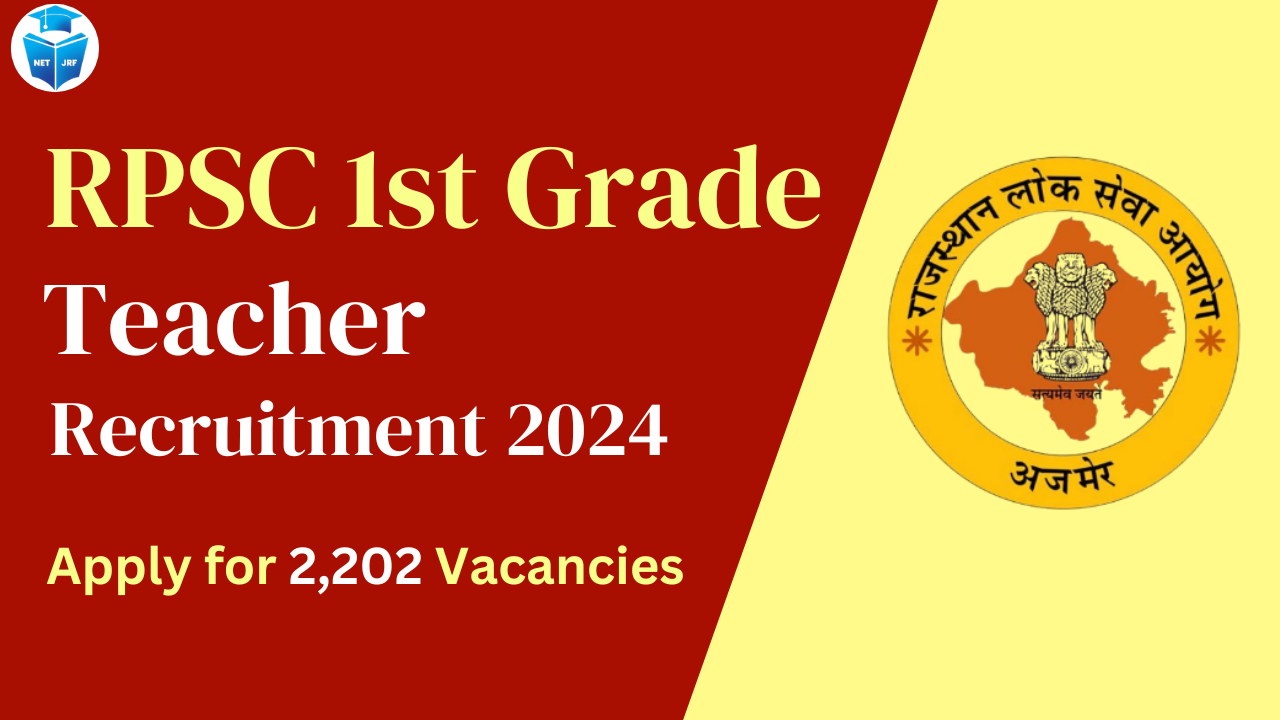
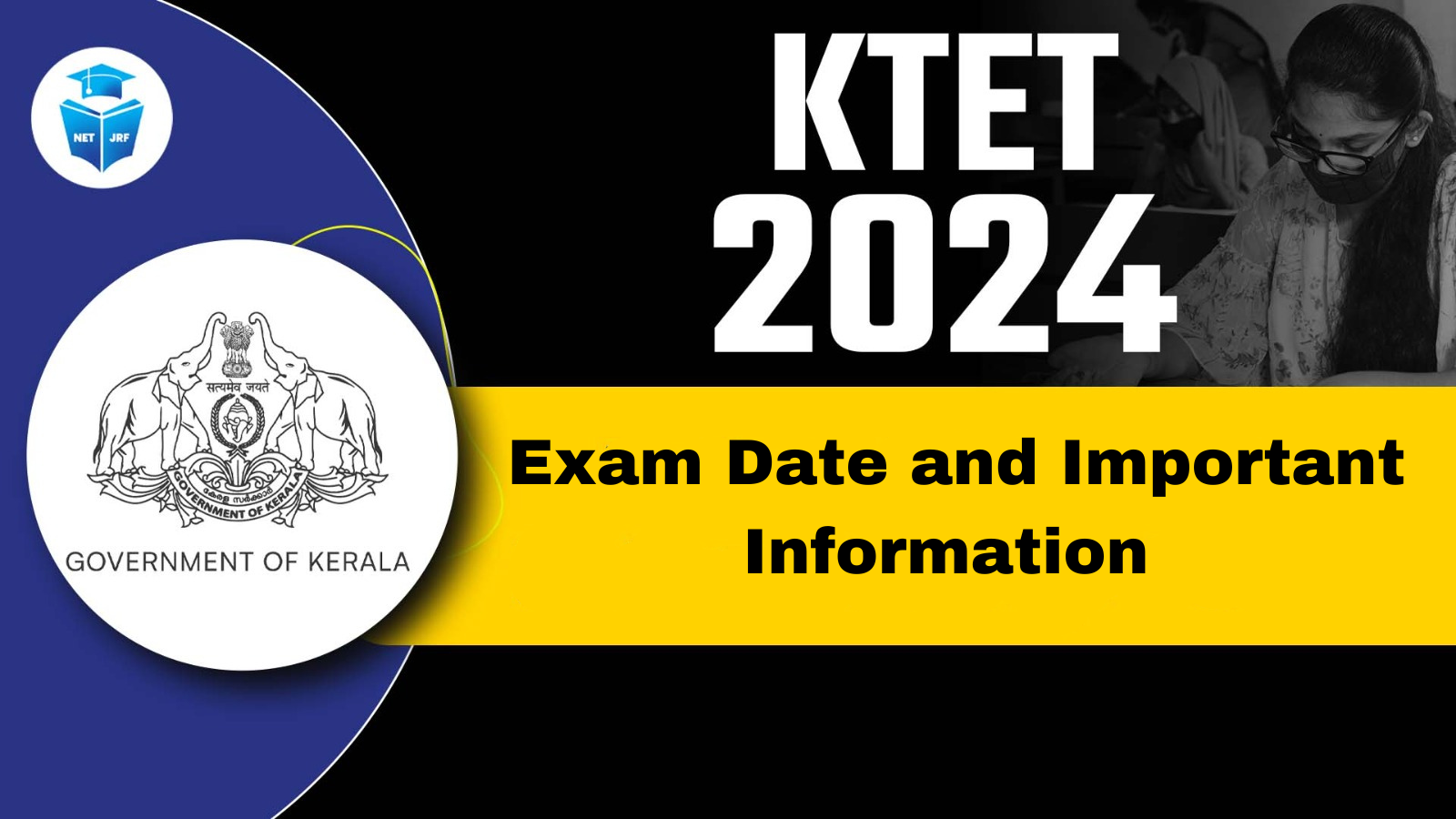
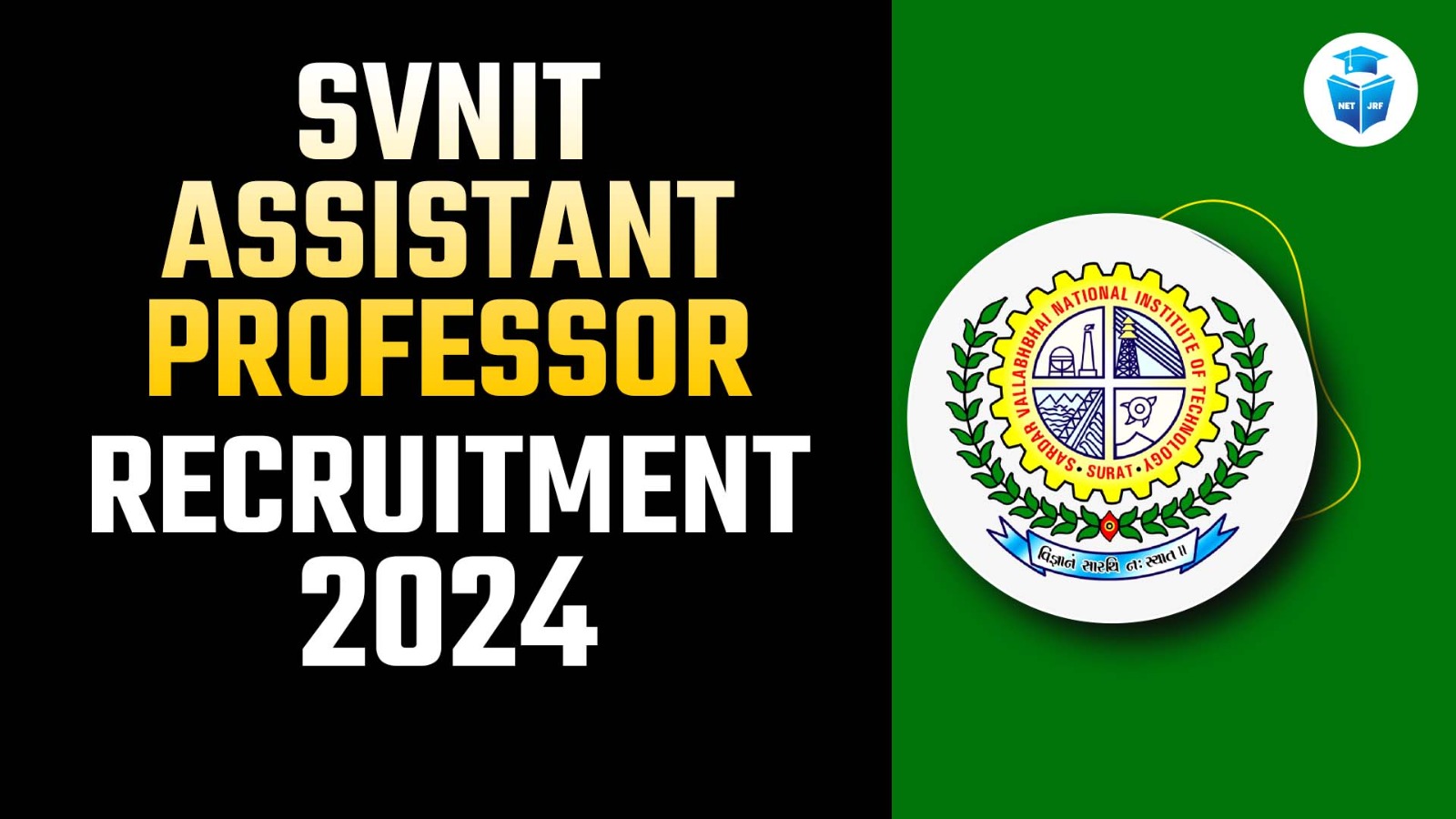
.jpeg)
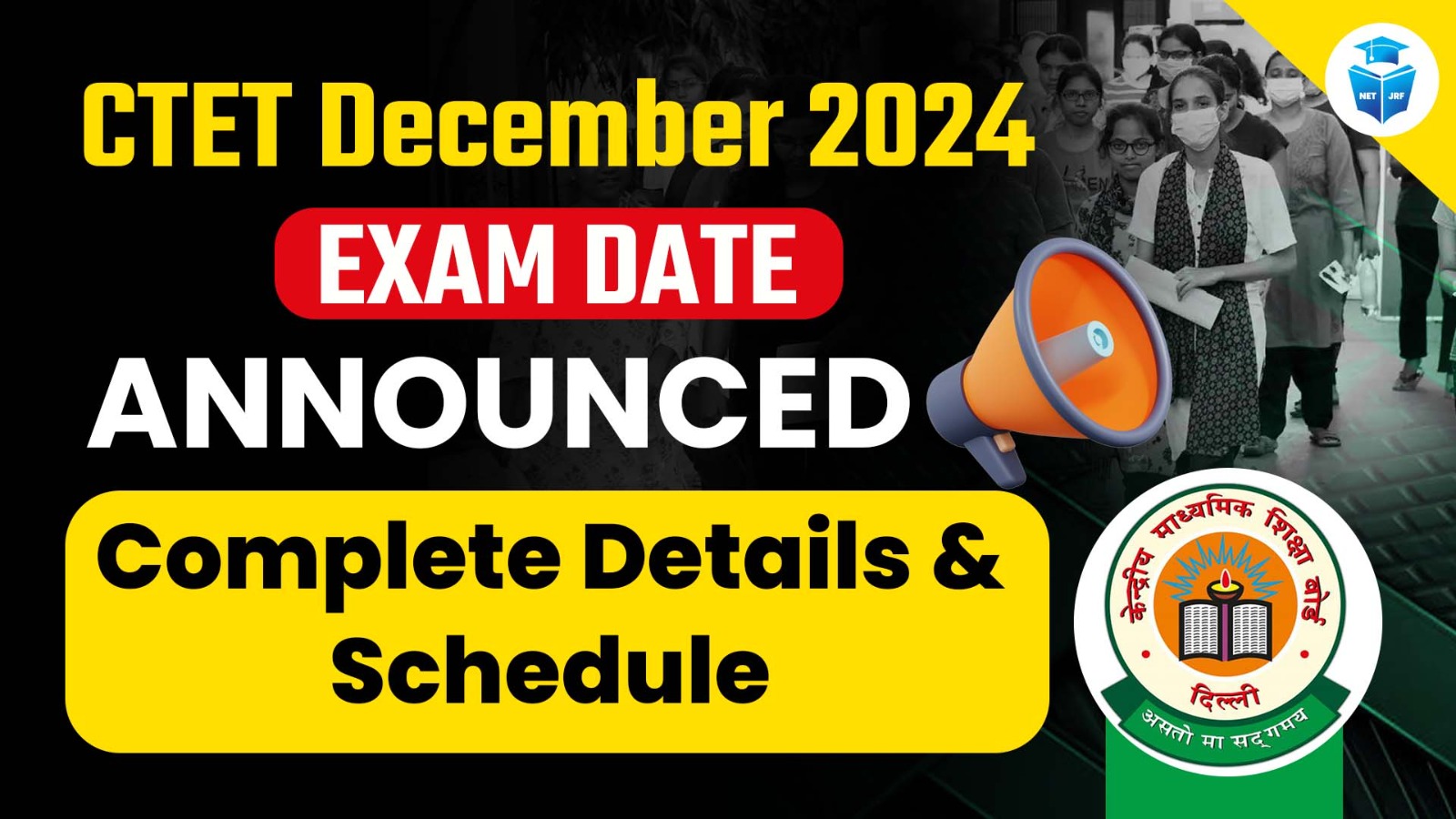
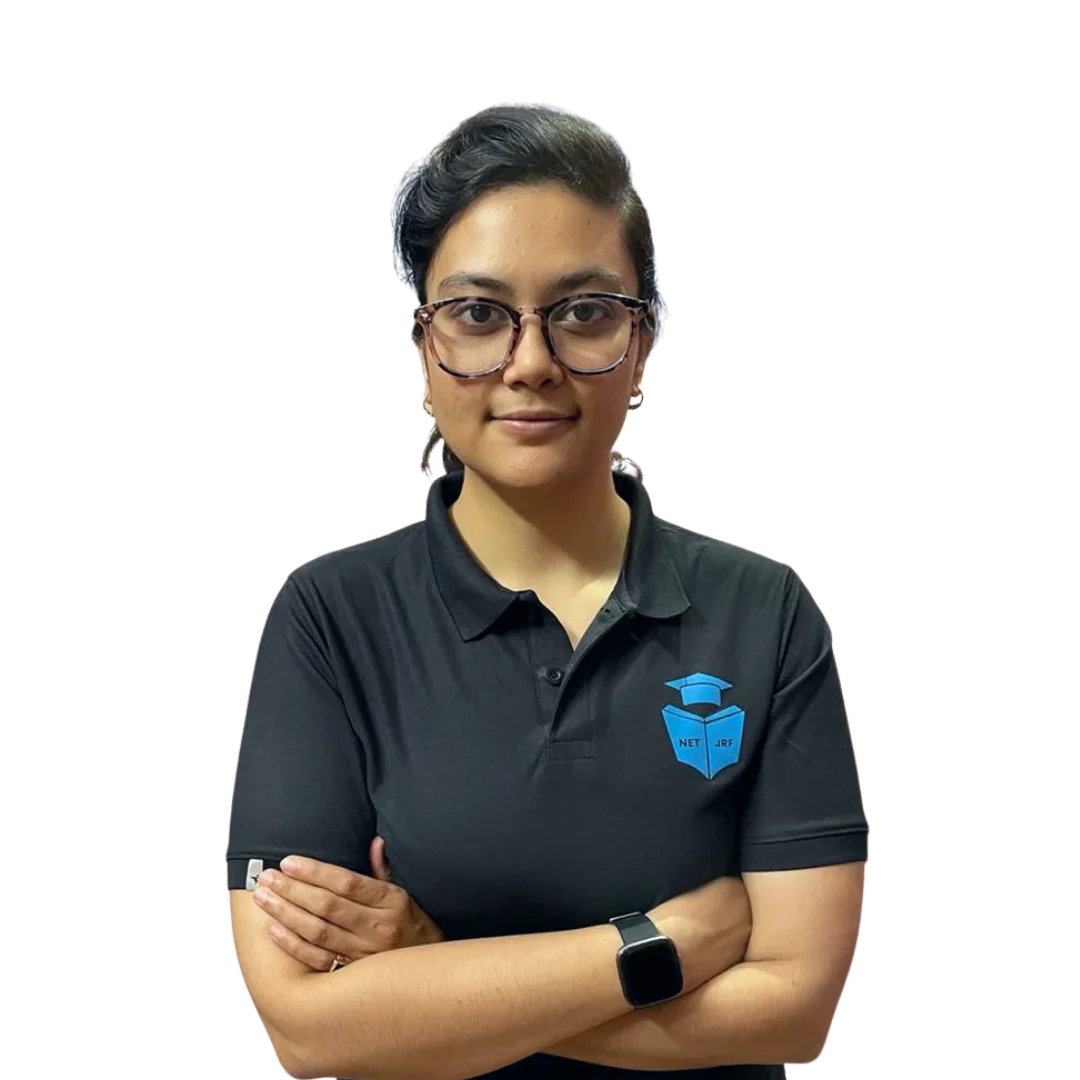
Founder of JRFAdda, is a Computer Science educator with an MCA degree and JRF qualification. Her experience includes roles as an SBI SO (DBA), work at Cognizant, and over 5 years of teaching online and offline. She has also served as a Government Computer Teacher in Rajasthan.